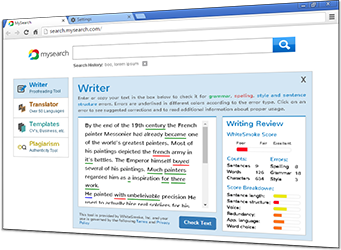Stative Verbs
Table
Stative verbs are verbs that describe a state or situation, not an action.
They are used in the Present Simple even if they describe a situation that is true at the moment of speaking or writing.
Stative Verbs – usually not with progressive verb tenses
internal mental state external states
thought emotion senses state, relation,
possession
believe
consider
depend
doubt
forget
guess
hope
imagine
know
mean
prefer
realize
remember
seem
suppose
think
understand desire
dislike
doubt
fear
hate
like
love
need
satisfy
want
wish feel
hear
see
smell
sound
taste belong to
consist of
contain
cost
equal
have
include
measure
need
owe
own
possess
require
weigh
Pay Attention!
When stative verbs are used with progressive verb forms, they may change to dynamic verbs, sometimes with a very different meaning.
My friend has 3 cats and 2 dogs.
[has (Present Simple form of have) as stative verb meaning possession]
She is having lunch with her husband today.
[is having (Present Progressive form of have) as dynamic verb meaning to eat]
Don feels that the boss’ new plans are not conducive to the company’s progress.
[feels (Present Simple form of feel) as stative verb meaning to hold an opinion]
He is not feeling so good today.
[is not feeling (Present Progressive form of feel) as dynamic verb meaning physical bodily sensation]



